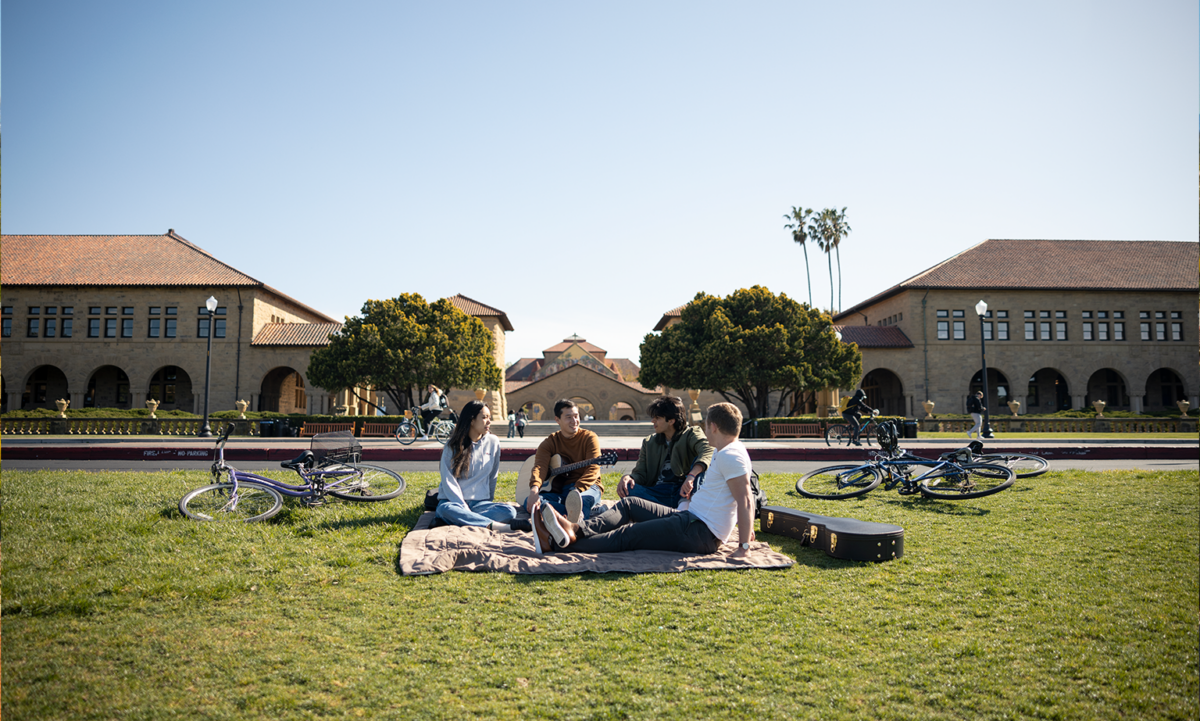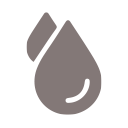The Stanford Campus

The Stanford campus is located on 8,180 acres in the center of the San Francisco Peninsula. Stanford land features 49 miles of roads, two separate water systems, three dams, two open water reservoirs for irrigation and three closed potable water reservoirs, and 88 miles of water mains. It includes a historic equestrian barn, biological preserve, center for automotive research, and educational farm. Stanford’s Central Energy Facility utilizes heat recovery and thermal storage to maximize efficiency in the university’s heating and cooling systems. Take a virtual tour or a self-guided walking tour.
The Stanford campus is located in seven different governmental jurisdictions:
- 4,017 acres in unincorporated Santa Clara County
- 2,700 acres in unincorporated San Mateo County
- 1,161 acres in Palo Alto
- 114 acres in Woodside
- 111 acres in Menlo Park
- 76 acres in Portola Valley
- 1 acre in Los Altos Hills
- 8,180 total acres
The Campus Features Roughly

630
buildings that incorporate about 17.9 million square feet

43,000
trees, 25 fountains, and over 1,000 different species of plants

140+
retail stores in the 70-acre Stanford Shopping Center

150
companies in the 700-acre Stanford Research Park

1,147
owner-occupied housing units for faculty

2,119
rental units for faculty and staff
As of January 2024.
Redwood City
Stanford’s 35-acre Redwood City campus opened in 2019 and is home to over 2,000 Stanford staff. A center of excellence for critical areas that support the university’s mission of research and education, Stanford Redwood City is located a mile from downtown and five miles from Stanford’s campus. Facilities include the Cardinal Cafe, Recreation and Wellness Center, and Pine Cone Children’s Center.
Getting Around
There are over 13,000 bikes on the campus on a normal weekday, and Stanford is the only university awarded four consecutive Platinum Bicycle Friendly University designations (2011-2015, 2015-2019, 2019-2023, and 2023-2027). Frosh may not bring cars to campus, but the free Marguerite shuttle includes 49 buses in an 19-route system, including 41 electric buses. Stanford offers free transit for eligible affiliates on Caltrain, VTA, AC Transit, Dumbarton Express and SamTrans; 100% vanpool subsidies; discounted car sharing with the largest university Zipcar fleet in the United States (over 57 vehicles at 25 locations); one-on-one commute consultations; a virtual parking permit system; and commute planning. Visit the Stanford Transportation website.
Campus Safety
The Stanford University Department of Public Safety (SUDPS) provides law enforcement, security, safety, crime prevention and emergency services on campus 24 hours a day. Comprising sworn officers, non-sworn officers and support staff, SUDPS personnel endeavor to provide high-quality public safety services with an emphasis on service. Sworn officers are reserve Deputy Sheriffs with the Santa Clara County Sheriff’s Office. SUDPS produces the Stanford Safety, Security and Fire Report in compliance with the Clery Act. The 2023 report can be found on their webpage, along with more information about safety on campus, such as the SafeZone mobile app. The department is located at 233 Bonair Siding. Some campus departments and facilities contract additional security services that are provided by private security companies not affiliated with SUDPS.
Sustainable Stanford

Stanford leads by example in working to reduce its environmental footprint and by engaging the campus community to save resources and contributing to a culture of conservation and innovation. Visit the Sustainable Stanford website for more information.

77%
reduction in campus greenhouse gas emissions since 2011

29%
reduction in campus energy use per square foot since 2009

60+
local farms supply organic, humanely raised, fairly traded food

48%
reduction in domestic water use since 2000

65%
of waste is diverted from landfill

207
electric vehicle charging ports, including Redwood City

1,480,818
rides taken on the free Marguerite system

64%
of commuters used alternatives to driving alone as their primary commute, including 17% who telecommuted**
** University commuters include Stanford University employees and commuting students.